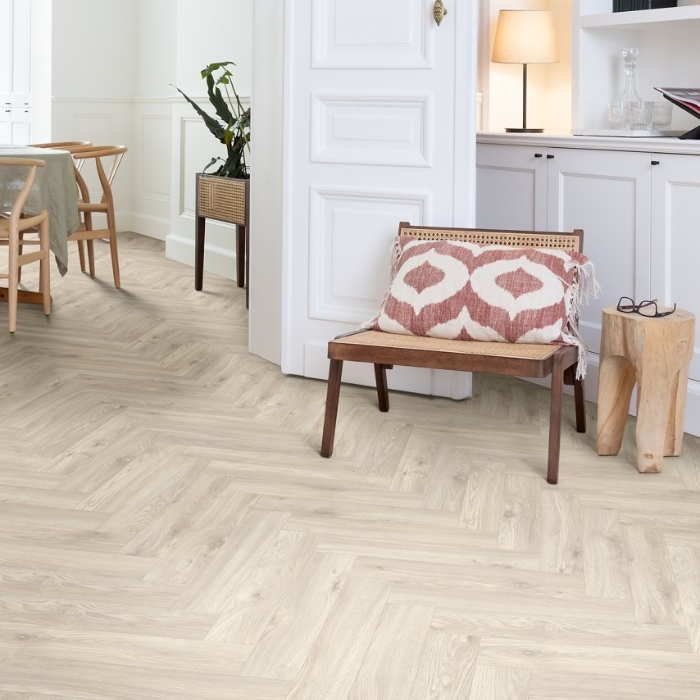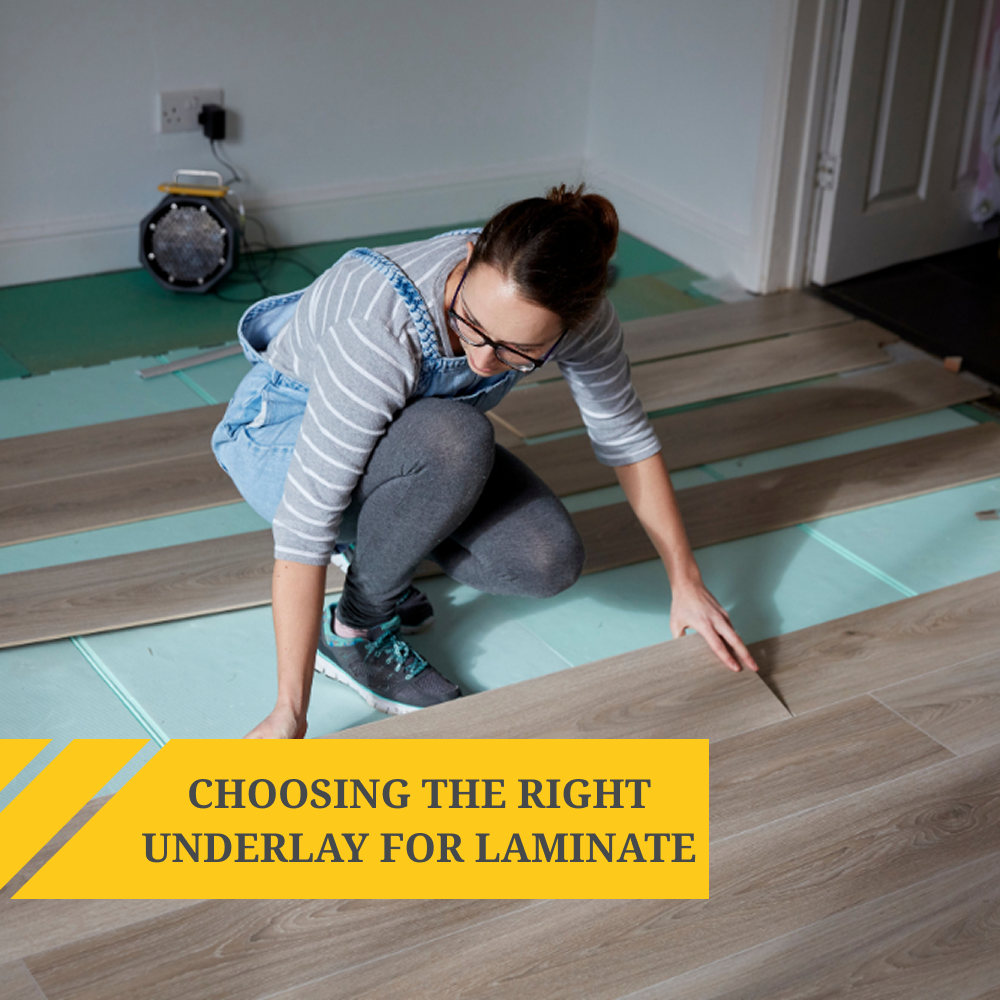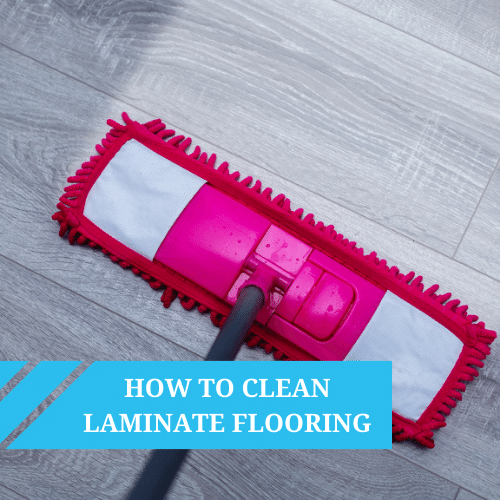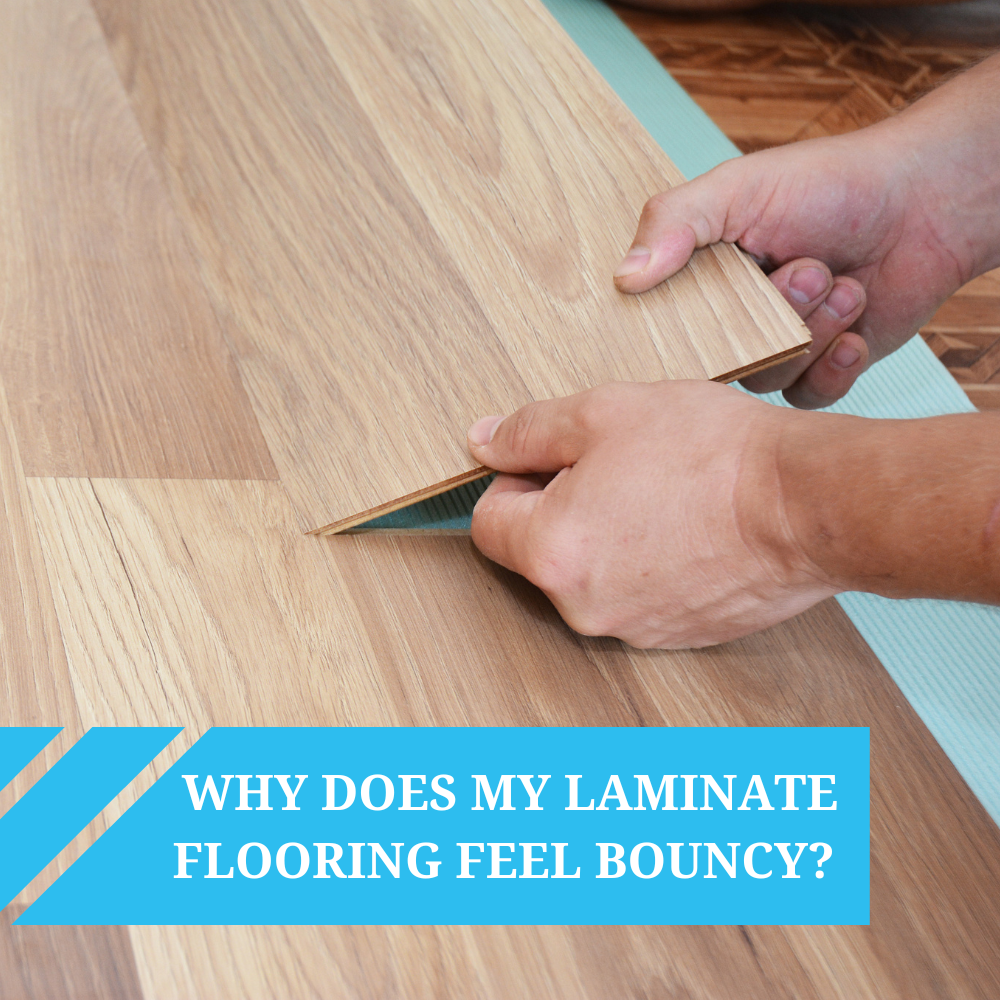We were recently asked a question about sticky black goo beneath old flooring, which sparked an important conversation in the office about asbestos floor tiles — something every homeowner and DIYer should be aware of.
Here’s the deal: Asbestos has been banned in the UK since 1999, but before that, it was everywhere. If you’re renovating a property and planning to rip out old floor tiles or adhesives, especially those installed before the 1980s, you might be disturbing asbestos-containing materials - and that’s not something to take lightly. Despite being banned for over 25 years, vinyl tiles asbestos remains present in many older homes and should always be treated with caution.
With the rising popularity of DIY home renovations, this topic has never been more relevant. So let’s talk about the risk, how to identify asbestos floor tiles, and why professional removal is a non-negotiable.
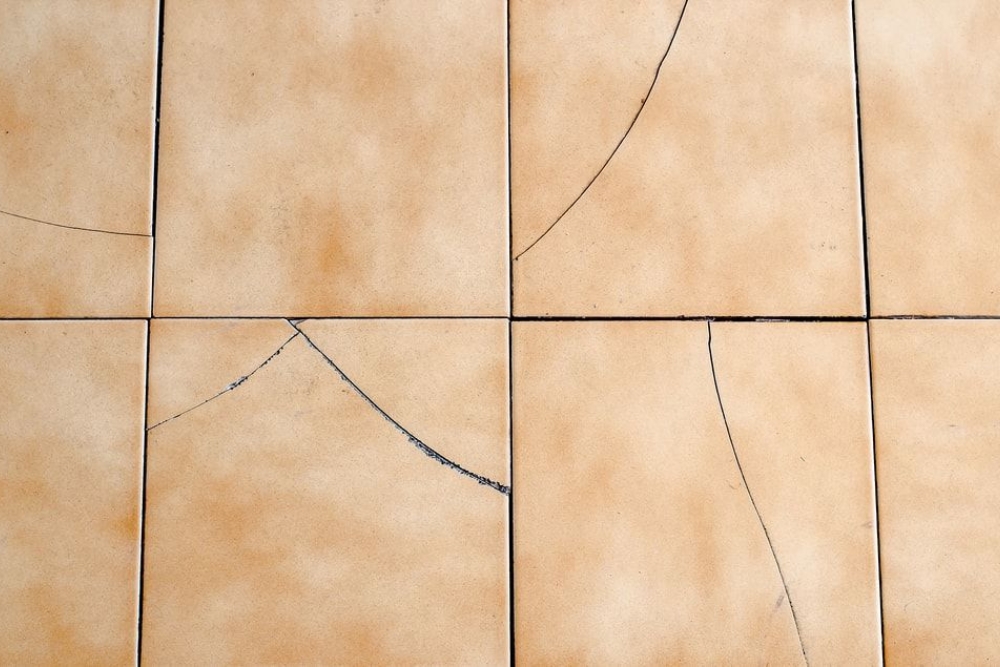

Why Asbestos Flooring Is a Concern
Asbestos was commonly used in vinyl floor tiles, adhesives, and even backing materials thanks to its durability and fire resistance. That mysterious black mastic adhesive? It might also contain asbestos.
When these asbestos materials are in good condition and undisturbed, they’re typically considered low-risk because the fibres are sealed within the tile. But the moment you cut, sand, or break them - or peel them up with force - you're at risk of releasing asbestos fibres into the air. Inhaling those fibres can lead to serious, often fatal asbestos-related diseases such as:
- Lung cancer
- Mesothelioma
- Asbestosis
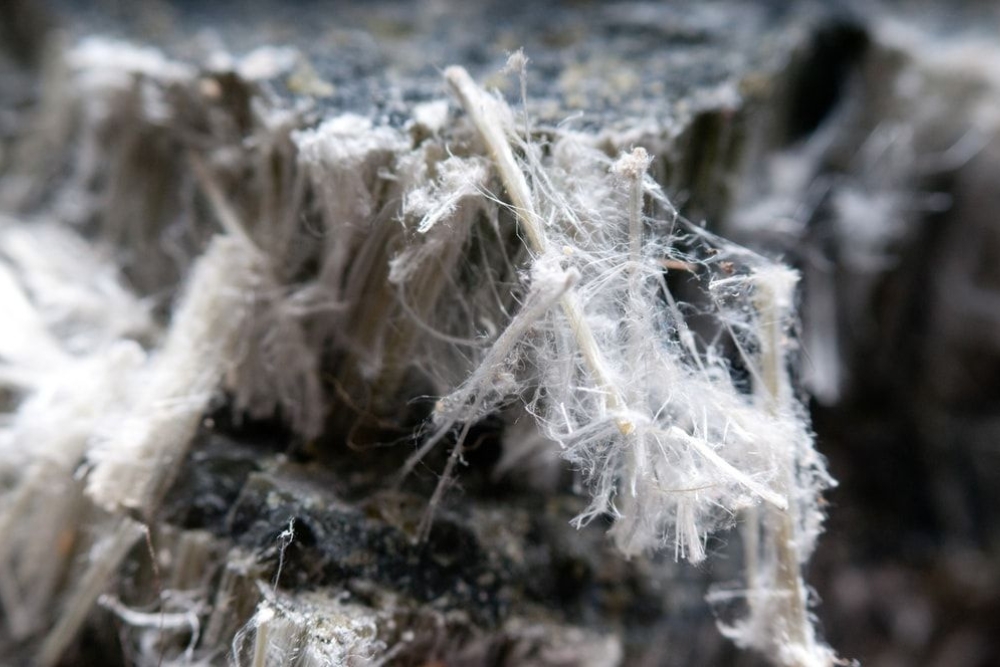

Safety Checklist for Homeowners
- Avoid disturbing asbestos unless absolutely necessary
- Consult HSE guidance and check whether a licence is required
- Use professionals — never DIY when asbestos is suspected
- Dispose of materials legally at licensed sites
- Do NOT sweep, vacuum with a standard cleaner, or reuse PPE
- No food, drink, or pets in the work area
- Never take contaminated clothing home
Identifying Asbestos Floor Tiles
If your home was built before the year 2000 and you’re uncovering old vinyl tiles during a renovation, there’s a real chance they could contain asbestos. The use of asbestos in vinyl floor tiles and adhesives was widespread from the 1950s through the 1980s. It was cheap, durable, fire-resistant — and now, unfortunately, dangerous.
So how can you spot a potential problem before it becomes one? The only reliable way to know is by sending a sample to an accredited asbestos lab for testing. No amount of guesswork or Google images can replace proper lab analysis, however, there are some tell-tale signs your flooring might need a second look from a professional.
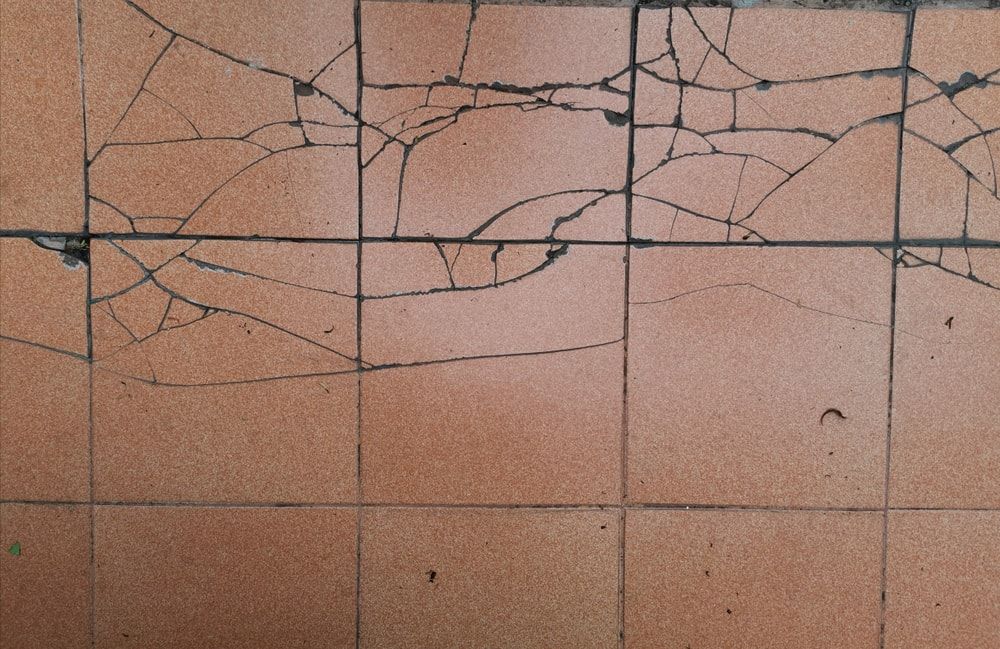

Signs your floor tiles might contain asbestos:
1. Your Property Was Built or Renovated Before 1999
If your flooring went in before the UK asbestos ban, treat it with suspicion. Properties built or updated between the 1950s and late 1990s are the most likely to have vinyl asbestos floor tiles hiding under layers of newer flooring or carpet padding.
2. The Tile Size Is… Suspicious
- 9×9 inch floor tiles are the classic red flag.
- 12×12 and even 18×18 inch formats were also common in asbestos products.
These were standard sizes for both residential and commercial vinyl tiles during peak asbestos use.
3. The Colours and Surface Look "Vintage"
Old asbestos floor tiles weren’t all dull and grey — many came in pastel greens, faded browns, dusty blues, and speckled neutrals. The problem? Many non-asbestos floor tiles looked exactly the same.
And yes, they often still look perfectly intact today — which is part of what makes them so risky. If they’re in good condition, they don’t look dangerous. But disturbing them changes everything.
4. There’s a Black, Sticky Adhesive Underneath
This one’s big. If you lift a loose tile and find thick, tar-like glue beneath it — also known as black mastic or cut-back adhesive — that could be asbestos-based too. It was used widely alongside asbestos tiles and can be just as hazardous when disturbed.
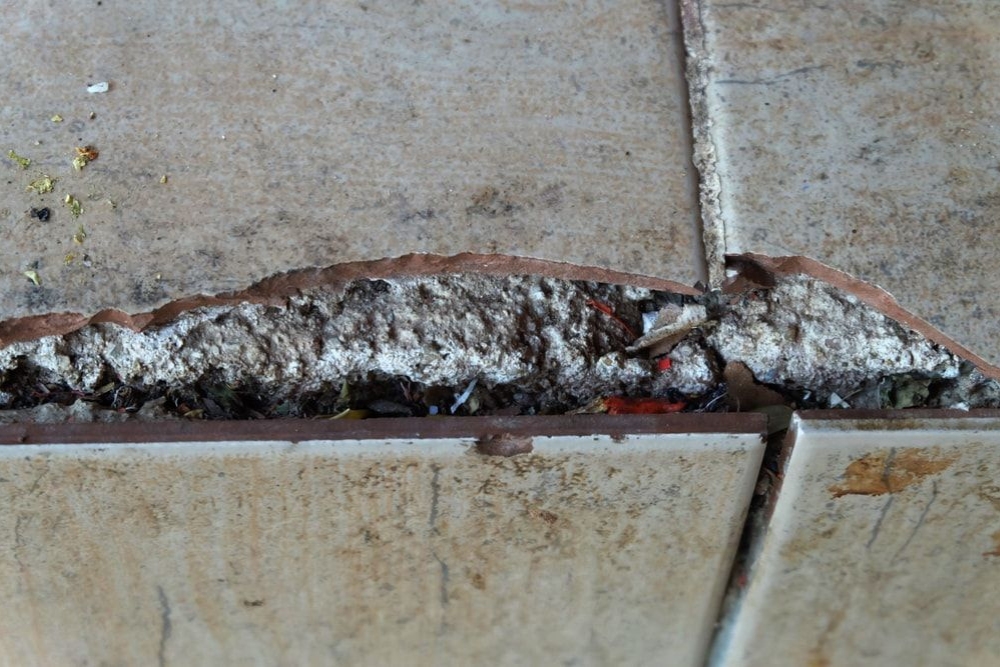

5. The Tiles Look Oily or Discoloured
As asphalt tiles age, they often leach oils, leaving behind dark, greasy patches or uneven stains. It’s not a guarantee of asbestos, but it’s another warning sign — especially if combined with any of the other indicators on this list.
6. They’re in the "Usual Suspect" Rooms
Asbestos floor tiles were often installed in:
- Hallways
- Kitchens
- Stairwells
- Basements
- Utility rooms
- And under old carpet in living spaces
Basically, anywhere that needed something durable and cheap in the mid-20th century.
7. There’s a Manufacturer Stamp or Product Code
Some tiles have markings on the back. If you spot one, do your homework — many historical product codes are now linked with asbestos use. But again, even this isn’t definitive. You still need testing to be sure.
Quick-Check Table
| Clue | What to Watch For |
|---|---|
| Installation era | Flooring installed pre-1999, especially between 1950–1985 |
| Size | 9×9, 12×12, or 18×18 inches |
| Vinyl Floor Colour/style | Faded pastels, speckled patterns, grey-brown-beige tones |
| Adhesive | Thick black glue (black mastic / cut-back adhesive) |
| Discolouration | Oily stains, greasy residue, uneven colour from asphalt leaching |
| Location | Hallways, kitchens, stairs, basements, utility rooms |
| Manufacturer marks | Product codes or brand stamps linked to historical asbestos tile lines |
| Confirmation method | Only accurate via certified asbestos lab testing — visual ID isn’t enough |
Can I Remove Asbestos Floor Tiles Myself?
We get it - it’s tempting to rip up those ugly old floor tiles yourself. But here’s the harsh truth:
DIY removal of asbestos-containing floor tiles is dangerous, illegal in many cases, and simply not worth the risk. Disturbing vinyl asbestos floor tiles or the adhesive underneath can release fibres into your home - contaminating the air, surfaces, and putting everyone at risk. Even careful removal using tools or solvents can still release fibres.
And once fibres are airborne, they stay suspended for hours or days, invisible and deadly.
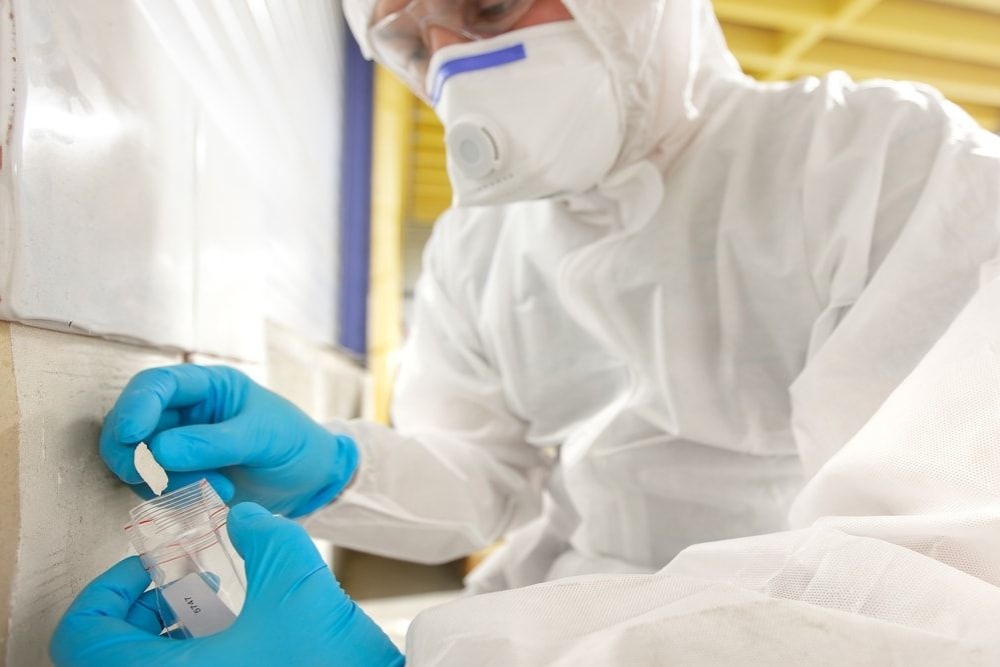

How to Manage Suspected Asbestos Floor Tiles Safely
If you think your floor tiles might contain asbestos:
- Stop work immediately.
- Don’t break, sand, or pull up the tiles.
- Avoid sweeping - use a damp cloth or a Class H vacuum only.
- Keep pets and children out of the room.
- Call a licensed asbestos removal professional.
If the tiles are in good condition and you’re not planning to disturb them, the safest option is to leave them in place or encapsulate them with a new floor covering like sheet vinyl or luxury vinyl tiles (LVT).
Professional Asbestos Flooring Removal: What to Expect
Licensed professionals follow strict safety protocols to prevent asbestos exposure:
- Seal off the work area using plastic sheeting and warning signage.
- Wear full PPE, including respirators and disposable suits.
- Use wet removal techniques to reduce airborne fibres.
- Double-bag all asbestos waste and transport it to a licensed disposal site.
- Conduct HEPA vacuuming and air quality testing after removal to confirm the space is safe.
It's not just about safety, it’s also the law. The UK’s Health and Safety Executive (HSE) requires specific handling procedures, especially for damaged tiles or large areas. You can download the full Asbestos Essentials A23 guidance from the HSE here.
Why This Matters
"Asbestos fibres can kill — so you need to keep exposures low." — HSE
What shocked us during research was how many people unknowingly expose themselves and their families, especially children and pets, during DIY projects. One Reddit user even shared their experience of accidentally ripping up asbestos tiles during a kitchen renovation. It’s disturbingly common.
Key Takeaways
- Remember, Asbestos fibres can kill so you need to keep exposures low.
- Please, under no circumstances must you allow your pets in the room when removing old asbestos flooring! (finding this during my research made me shudder. KD.)
- If your home was built before 2000, assume old vinyl flooring may contain asbestos.
- Never DIY remove suspected asbestos tiles — the health risks are serious and long-term.
- If your floor tiles are in good condition, cover them with new flooring to minimise disturbance.
- Get professional testing and, if needed, use licensed asbestos contractors for removal.
- Follow the HSE’s guidelines and don’t take chances — asbestos exposure is cumulative and irreversible.
- Download the full guide by the HSE here.
Thinking About Replacing That Old Floor?
Check out our guide on Vinyl Flooring Pros and Cons to explore safe, modern alternatives to asbestos vinyl flooring. From beautiful rustic oak to sleek marble, you’ll find the perfect fit for your home at Best4Flooring. If you have any questions, reach out to our friendly team.
